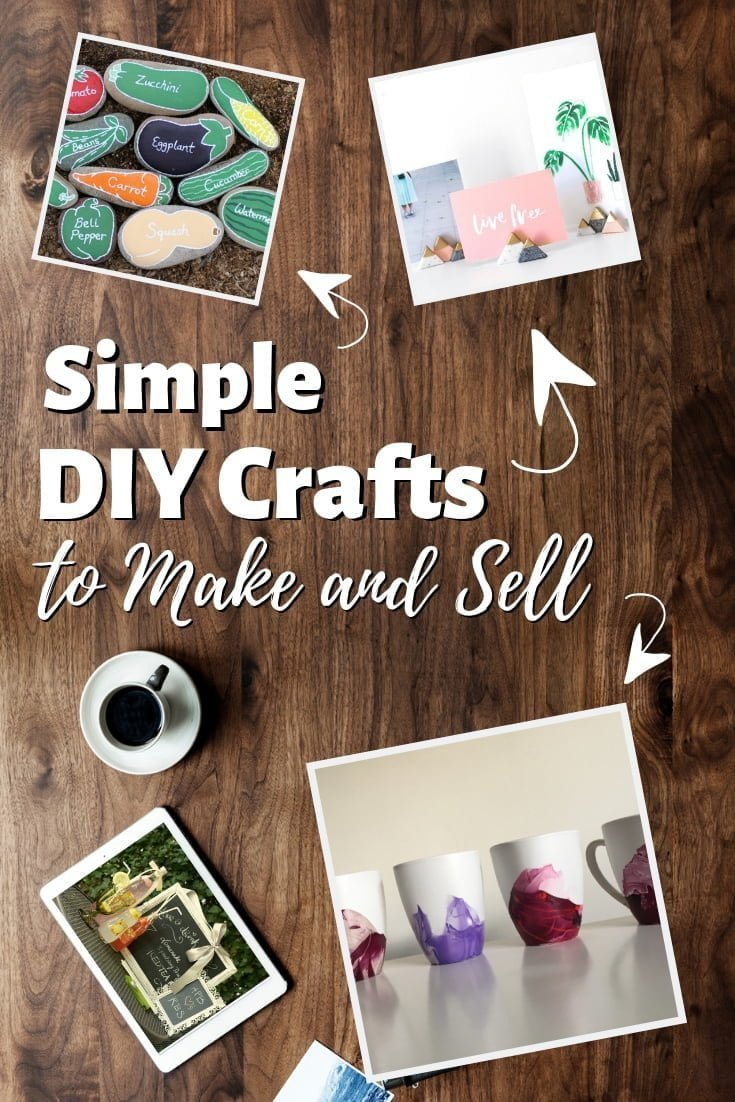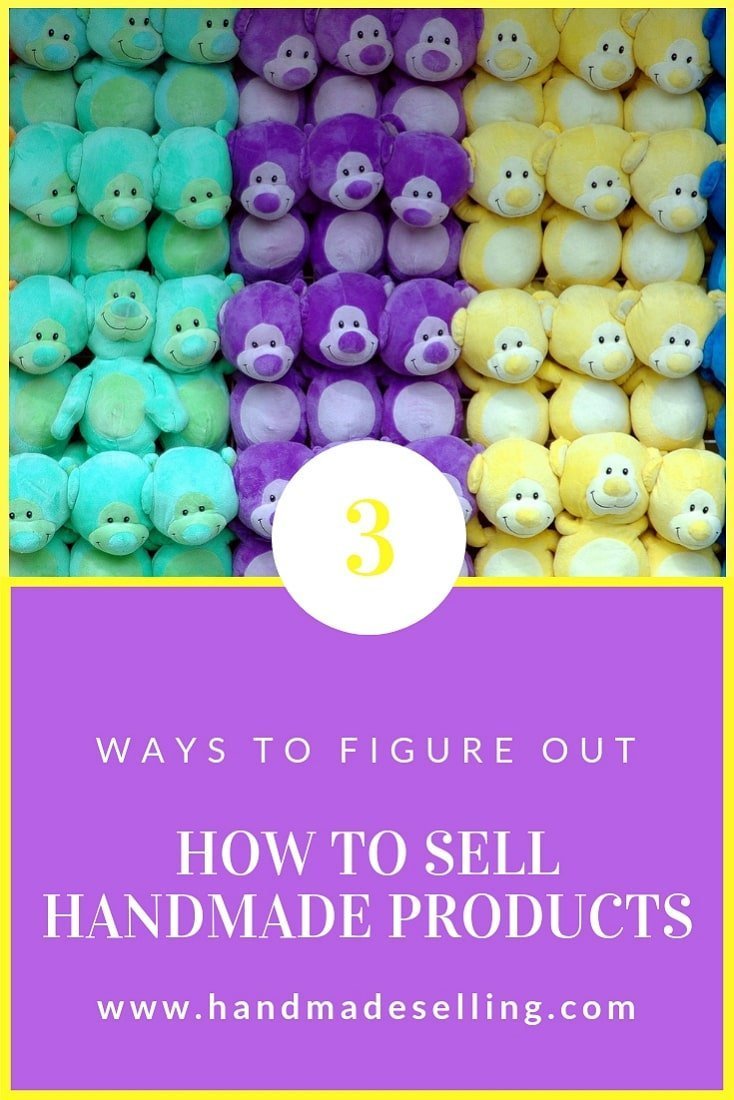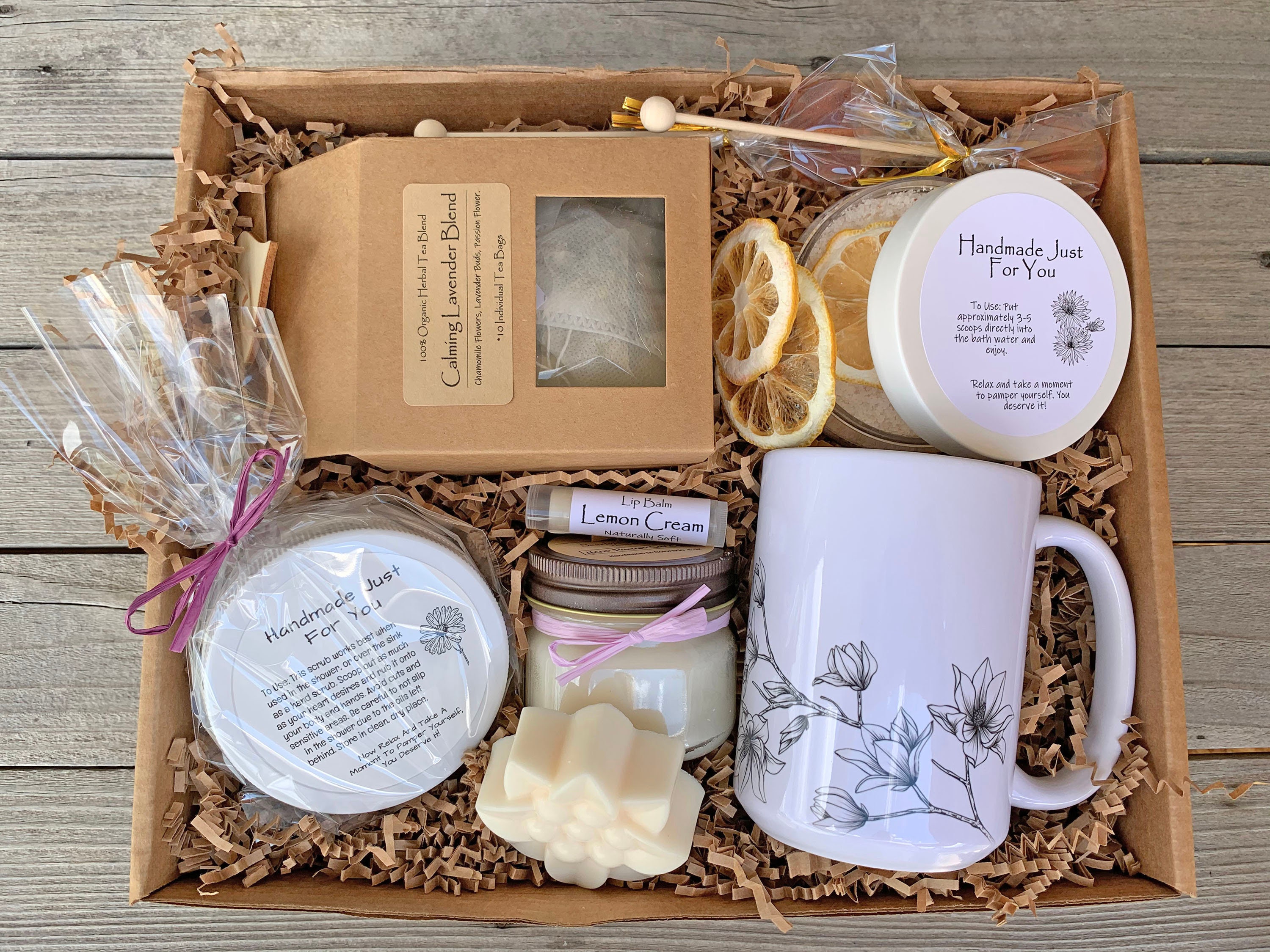Discovering the Best Handmade Items to Sell for a Steady Income
Selling handmade products online can be a lucrative venture, offering a steady income stream for those who create and market their products effectively. With the rise of e-commerce and online marketplaces, it’s easier than ever to reach a global audience and sell handmade things that sell well. However, with so many options available, it can be challenging to determine which handmade products to sell and how to market them successfully.
To succeed in the handmade market, it’s essential to choose products that are in demand and have a high selling potential. This requires research and analysis of consumer trends, competitor activity, and market demand. By understanding what types of handmade products are currently popular and in demand, you can create products that meet the needs of your target audience and increase your chances of success.
In this article, we’ll explore the best handmade products to sell online, including those with a high selling potential, seasonal and trendy items, and customized products. We’ll also discuss effective pricing strategies, marketing techniques, and tips for building a successful handmade business. Whether you’re a seasoned crafter or just starting out, this guide will provide you with the information and inspiration you need to succeed in the handmade market.
How to Identify In-Demand Handmade Products
Identifying in-demand handmade products is crucial to success in the online marketplace. One effective way to do this is by researching online marketplaces, such as Etsy and eBay, to see what types of handmade products are currently popular and in demand. Analyzing the sales data and customer reviews on these platforms can provide valuable insights into what types of products are selling well and what features are most appealing to customers.
Social media platforms, such as Instagram and Pinterest, can also be a great resource for identifying in-demand handmade products. By following popular handmade product accounts and hashtags, you can see what types of products are currently trending and what types of products are being shared and liked by customers. Additionally, attending craft fairs and markets can provide an opportunity to see what types of handmade products are currently popular and in demand in your local market.
Another effective way to identify in-demand handmade products is by analyzing consumer trends and behavior. By understanding what types of products are currently popular and in demand, you can create handmade products that meet the needs of your target audience and increase your chances of success. For example, if you notice that there is a growing trend towards sustainable and eco-friendly products, you can create handmade products that cater to this trend, such as reusable bags and beeswax wraps.
By using these methods to identify in-demand handmade products, you can increase your chances of success in the online marketplace and create products that sell well. Remember to always keep an eye on consumer trends and behavior, and be willing to adapt and evolve your product line to meet the changing needs of your target audience.
Top Handmade Products with a High Selling Potential
When it comes to selling handmade products online, some items tend to perform better than others. Jewelry, candles, soaps, and knitted items are consistently among the top-selling handmade products. These products are often in high demand due to their unique qualities, durability, and aesthetic appeal.
Jewelry, for example, is a popular handmade product that can be made from a variety of materials, including beads, metals, and gemstones. Handmade jewelry can range from simple, elegant designs to more complex, statement pieces. Prices for handmade jewelry can vary greatly, depending on the materials and complexity of the design, but can range from $20 to $200 or more.
Candles are another top-selling handmade product that can be made from a variety of waxes, including soy, beeswax, and paraffin. Handmade candles can be scented or unscented and come in a range of colors and sizes. Prices for handmade candles can range from $10 to $50 or more, depending on the size and complexity of the design.
Soaps and bath bombs are also popular handmade products that can be made from a variety of natural ingredients, including coconut oil, shea butter, and essential oils. Handmade soaps and bath bombs can be customized with different scents, colors, and ingredients, making them a unique and appealing product for customers. Prices for handmade soaps and bath bombs can range from $5 to $20 or more, depending on the size and complexity of the design.
Knitted items, such as scarves, hats, and blankets, are also top-selling handmade products that can be made from a variety of yarns and materials. Handmade knitted items can be customized with different colors, patterns, and textures, making them a unique and cozy product for customers. Prices for handmade knitted items can range from $20 to $100 or more, depending on the size and complexity of the design.
These handmade products are consistently in high demand due to their unique qualities, durability, and aesthetic appeal. By creating high-quality, unique handmade products, sellers can increase their chances of success in the online marketplace and attract a loyal customer base.
The Power of Personalization: Customized Handmade Products
Personalization is a powerful tool for increasing sales and customer satisfaction in the handmade market. By offering customized handmade products, sellers can create unique and meaningful items that resonate with customers on a deeper level. Personalized jewelry, monogrammed towels, and bespoke home decor are just a few examples of customized handmade products that can be created to meet the specific needs and preferences of customers.
One of the main benefits of offering customized handmade products is that they can be tailored to fit the individual needs and preferences of each customer. This can be especially appealing to customers who are looking for unique and meaningful gifts or special treats for themselves. By offering customization options, sellers can increase the perceived value of their products and create a more personalized shopping experience for customers.
Another benefit of customized handmade products is that they can be used to create a sense of exclusivity and scarcity. By offering limited-edition or one-of-a-kind customized products, sellers can create a sense of urgency and exclusivity that can drive sales and increase customer loyalty. Additionally, customized products can be used to create a sense of community and connection with customers, as they are often created in collaboration with the customer.
Some popular types of customized handmade products include personalized jewelry, such as monogrammed necklaces and custom-engraved rings. Monogrammed towels and blankets are also popular, as are bespoke home decor items, such as customized wall art and personalized throw pillows. By offering these types of customized products, sellers can create a unique and personalized shopping experience for customers that sets them apart from mass-produced products.
Overall, the power of personalization is a key factor in the success of handmade products. By offering customized handmade products, sellers can create unique and meaningful items that resonate with customers on a deeper level, increase sales and customer satisfaction, and create a sense of exclusivity and scarcity that drives sales and customer loyalty.
Seasonal and Trendy Handmade Products to Sell
Seasonal and trendy handmade products can be a great way to capitalize on current demand and trends in the market. By creating products that are relevant to specific times of the year or current trends, sellers can increase their chances of success and attract a larger customer base.
Christmas ornaments, for example, are a popular seasonal product that can be sold during the holiday season. Handmade ornaments, such as those made from glass, wood, or ceramic, can be customized with different designs and colors to fit the individual needs and preferences of customers.
Halloween costumes and accessories are another popular seasonal product that can be sold during the fall season. Handmade costumes, such as those made from fabric, felt, or yarn, can be customized with different designs and colors to fit the individual needs and preferences of customers.
Summer accessories, such as handmade sunglasses, hats, and bags, are also popular seasonal products that can be sold during the summer months. These products can be made from a variety of materials, including fabric, wood, and recycled materials.
Trendy handmade products, such as customized phone cases and laptop sleeves, can also be a great way to capitalize on current trends in the market. By creating products that are relevant to current trends and demand, sellers can increase their chances of success and attract a larger customer base.
To capitalize on seasonal and trendy handmade products, sellers should focus on creating high-quality products that are relevant to current demand and trends in the market. They should also focus on marketing and promoting their products effectively, using social media and other online platforms to reach a larger customer base.
Some popular online platforms for selling seasonal and trendy handmade products include Etsy, eBay, and social media platforms like Instagram and Facebook. By utilizing these platforms, sellers can reach a larger customer base and increase their chances of success.
Effective Pricing Strategies for Handmade Products
Pricing handmade products correctly is crucial for a successful online business. It requires a delicate balance between profitability and competitiveness. When setting prices for handmade things that sell well, it’s essential to consider several factors, including the cost of materials, time, and labor, as well as the target audience and market conditions.
Calculating costs is the first step in determining the price of a handmade product. This includes the cost of materials, such as fabric, yarn, or clay, as well as any additional expenses, like shipping and packaging. It’s also important to factor in the time and labor involved in creating the product, including the time spent designing, crafting, and testing.
Researching competitors is also crucial in determining the price of a handmade product. Look at what similar products are selling for on online marketplaces, such as Etsy or eBay, and adjust the price accordingly. However, it’s essential to remember that handmade products are unique and often have a personal touch, which can justify a higher price point.
Considering the target audience is also vital when pricing handmade products. If the target audience is willing to pay a premium for high-quality, unique products, then the price can be set accordingly. However, if the target audience is budget-conscious, then the price may need to be adjusted to be more competitive.
Another pricing strategy for handmade products is to use a tiered pricing system. This involves offering different versions of a product at different price points, allowing customers to choose the one that best fits their budget. For example, a handmade jewelry maker could offer a basic version of a necklace for $20, a mid-range version for $50, and a premium version for $100.
Finally, it’s essential to regularly review and adjust pricing strategies to ensure they remain competitive and profitable. This may involve monitoring sales data, analyzing customer feedback, and adjusting prices accordingly.
By following these pricing strategies, makers of handmade things that sell well can ensure they are earning a fair income for their products while also remaining competitive in the market. Remember, pricing is an ongoing process that requires regular review and adjustment to ensure long-term success.
Marketing and Selling Handmade Products Online
Once you have created a range of handmade things that sell well, it’s essential to market and sell them effectively online. With so many online platforms and marketplaces available, it can be overwhelming to decide where to start. However, by understanding the different options and creating a solid online marketing strategy, you can increase your chances of success.
Etsy is one of the most popular online marketplaces for handmade products, with over 90 million active buyers. To succeed on Etsy, it’s essential to create high-quality product listings that include clear photos, detailed descriptions, and relevant keywords. You should also optimize your shop and listings for search, use Etsy’s advertising options, and provide excellent customer service.
eBay is another popular online marketplace that can be used to sell handmade products. While it’s not as specialized as Etsy, eBay has a large customer base and can be a great platform for selling handmade items. To succeed on eBay, you should create detailed product listings, use relevant keywords, and provide excellent customer service.
Social media platforms like Instagram, Facebook, and Pinterest can also be used to market and sell handmade products. By creating a business account and posting high-quality product photos, you can attract potential customers and drive traffic to your website or online marketplace listings. You can also use social media advertising options to reach a wider audience.
Creating effective product listings is crucial for selling handmade products online. Your listings should include high-quality photos, detailed descriptions, and relevant keywords. You should also optimize your listings for search, use relevant categories and tags, and provide excellent customer service.
High-quality product photos are essential for showcasing your handmade products in the best possible light. You should use good lighting, a clear background, and a high-quality camera to take photos that showcase your products from different angles. You should also edit your photos to ensure they are clear and well-lit.
Online marketing strategies like search engine optimization (SEO), pay-per-click (PPC) advertising, and email marketing can also be used to promote your handmade products. By understanding how to use these strategies effectively, you can drive traffic to your website or online marketplace listings and increase sales.
Finally, providing excellent customer service is essential for building a successful handmade business. You should respond promptly to customer inquiries, resolve any issues quickly, and provide refunds or replacements when necessary. By providing excellent customer service, you can build a loyal customer base and increase sales.
Building a Successful Handmade Business: Tips and Tricks
Building a successful handmade business requires a combination of creativity, hard work, and business acumen. By following these tips and tricks, you can increase your chances of success and create a thriving business selling handmade things that sell well.
Managing time and finances is crucial for any business, and handmade businesses are no exception. It’s essential to create a schedule and stick to it, ensuring that you have enough time to create products, manage orders, and market your business. You should also keep track of your finances, including income, expenses, and taxes, to ensure that your business is profitable.
Providing excellent customer service is vital for building a loyal customer base and increasing sales. Respond promptly to customer inquiries, resolve any issues quickly, and provide refunds or replacements when necessary. You should also go above and beyond to exceed customer expectations and build a positive reputation for your business.
Continuously improving products and marketing strategies is essential for staying ahead of the competition and increasing sales. Keep up-to-date with the latest trends and consumer behavior, and adjust your products and marketing strategies accordingly. You should also seek feedback from customers and use it to improve your products and services.
Building a strong brand is also crucial for building a successful handmade business. Develop a unique brand identity, including a logo, website, and social media presence, and ensure that all of your marketing materials are consistent with your brand. You should also build a community around your brand, engaging with customers and encouraging them to share their experiences with your products.
Networking with other handmade businesses and entrepreneurs can also be beneficial for building a successful handmade business. Attend craft fairs and markets, join online communities and forums, and collaborate with other businesses to increase your exposure and build relationships with potential customers.
Finally, staying organized and focused is essential for building a successful handmade business. Use tools like to-do lists, calendars, and project management software to stay on top of tasks and deadlines, and avoid distractions by creating a dedicated workspace and minimizing interruptions.
By following these tips and tricks, you can build a successful handmade business and increase your chances of selling handmade things that sell well. Remember to stay focused, work hard, and continuously improve your products and marketing strategies to achieve long-term success.






